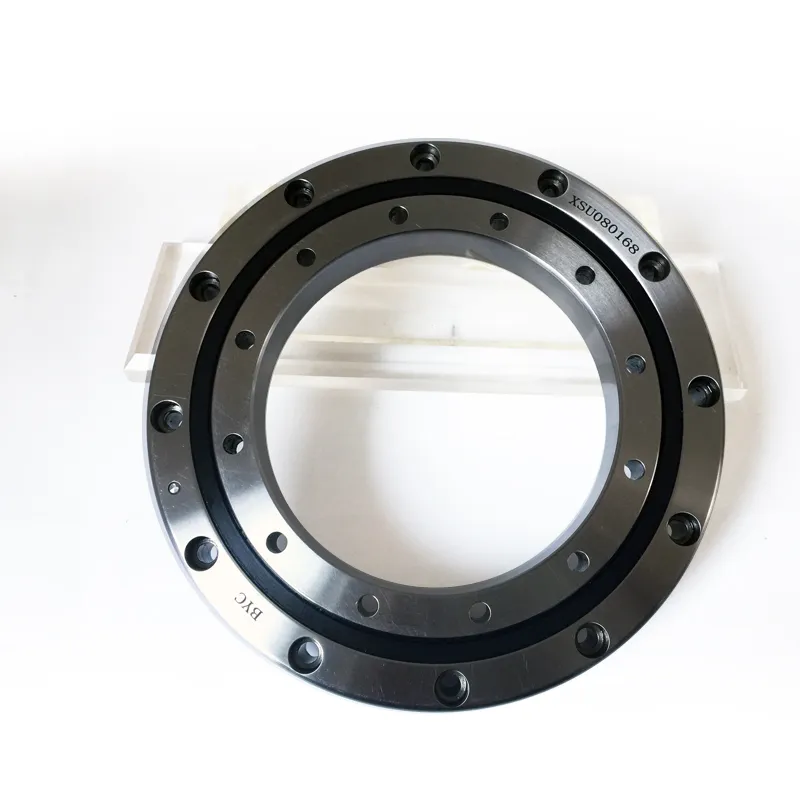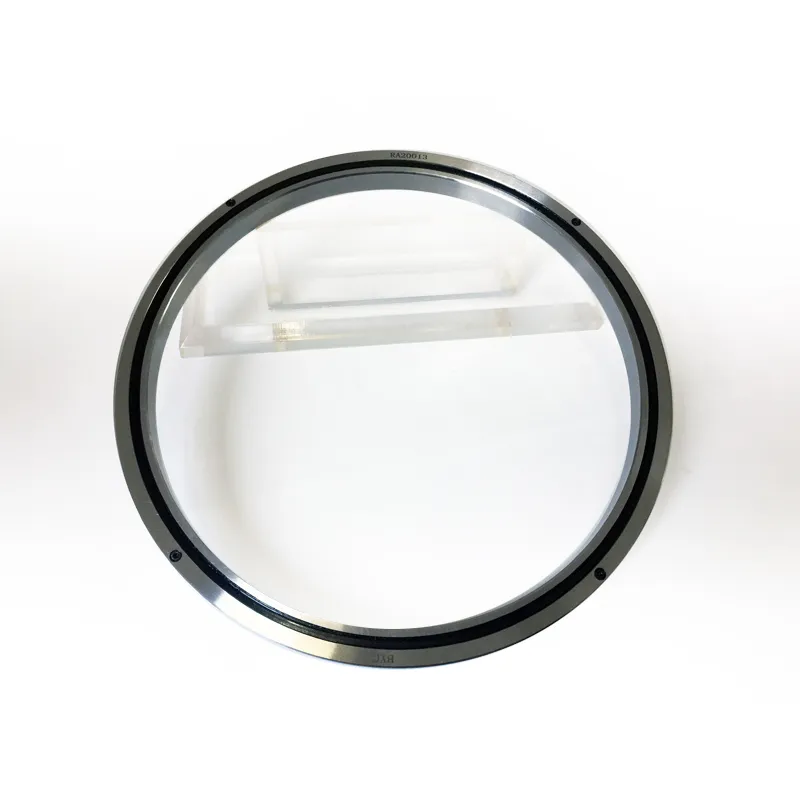Installing crossed cylindrical roller bearings requires precision and careful handling to ensure optimal performance and longevity. Here’s a step-by-step guide on how to properly install these bearings:

Cleanliness: Ensure that the bearing, housing, and all related components are clean. Remove any dirt, dust, or debris that could affect the bearing's performance.
Inspect Components: Check the bearing, housing, and shaft for any signs of damage or wear. Replace any damaged parts before proceeding.
Lubrication: Lubricate the bearing and related components with the appropriate lubricant recommended by the manufacturer.
Aligning the Bearing and Shaft:
Carefully align the bearing with the shaft. Ensure that the bearing's inner ring fits onto the shaft smoothly.
Use a plastic or rubber mallet to gently tap the bearing into place if necessary. Avoid using excessive force to prevent damage.
Inserting the Bearing:
Place the bearing onto the shaft and ensure that it is seated correctly.
For larger bearings, use a bearing heater to expand the inner ring slightly, allowing for easier installation.
Mounting the Outer Ring:
Align the outer ring with the housing or bearing seat.
Gently tap the outer ring into place using a soft mallet or a press, ensuring even pressure to avoid misalignment.
Securing the Bearing:
Once the bearing is in place, secure it with the appropriate locking mechanism, such as a lock nut, retaining ring, or end cap.
Tighten any screws or bolts to the manufacturer's recommended torque specifications to prevent over-tightening or under-tightening.
Check Alignment:
Rotate the bearing assembly by hand to check for smooth operation and proper alignment.
Ensure there is no excessive play or binding in the bearing.
Final Lubrication:
Apply additional lubricant if necessary, ensuring that the bearing is adequately lubricated for operation.
Follow the manufacturer’s guidelines for the type and amount of lubricant to use.
Test Run:
Once installed, run the bearing at low speed and check for any abnormal noise, vibration, or heat generation.
Gradually increase the speed to the normal operating level while continuing to monitor the bearing's performance.

Regular Inspection: Periodically check the bearing for signs of wear, lubrication levels, and overall performance.
Maintenance: Follow the maintenance schedule recommended by the bearing manufacturer to ensure long-term reliability.
...
For more detailed information about the installation method of crossed cylindrical roller bearings, please click here:https://www.boyingbearing.com/en/a/news/crossed-cylindrical-roller-bearing-installation-method.html